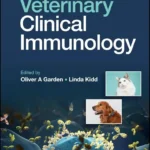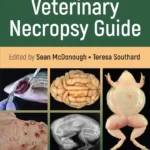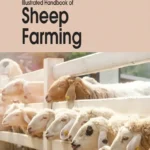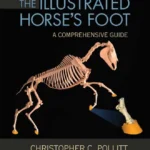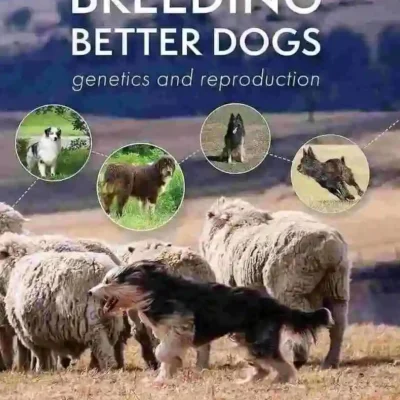Artificial Insemination in Farm Animals
 by Milad Manafi
by Milad Manafi
June 2011
Artificial insemination is used instead of natural mating for reproduction purposes and its chief priority is that the desirable characteristics of a bull or other male livestock animal can be passed on more quickly and to more progeny than if that animal is mated with females in a natural fashion. This book contains under one cover 16 chapters of concise, up-to-date information on artificial insemination in buffalos, ewes, pigs, swine, sheep, goats, pigs and dogs. Cryopreservation effect on sperm quality and fertility, new method and diagnostic test in semen analysis, management factors affecting fertility after cervical insemination, factors of non-infectious nature affecting the fertility, fatty acids effects on reproductive performance of ruminants, particularities of bovine artificial insemination, sperm preparation techniques and reproductive endocrinology diseases are described. This book will explain the advantages and disadvantages of using AI, the various methodologies used in different species, and how AI can be used to improve reproductive efficiency in farm animals.
As we look back over the millennium, it is difficult to imagine man’s evolution in the absence of domesticated livestock. Likewise, domesticated animals are so dependent upon man that in his absence their very existence would be jeopardized to the point where they would not thrive and some would fail to survive. Artificial insemination (AI) – one of the most important techniques ever devised for the genetic improvement of farm animals – is a widely used tool for livestock breeding and management programs and is a process by which sperm are collected from the male, processed, stored and artificially introduced into the female reproductive tract for the purpose of conception. A male animal produces millions of sperms daily. Theoretically, it can inseminate females regularly and produce several offsprings.
PDF 8.52 MB fn

